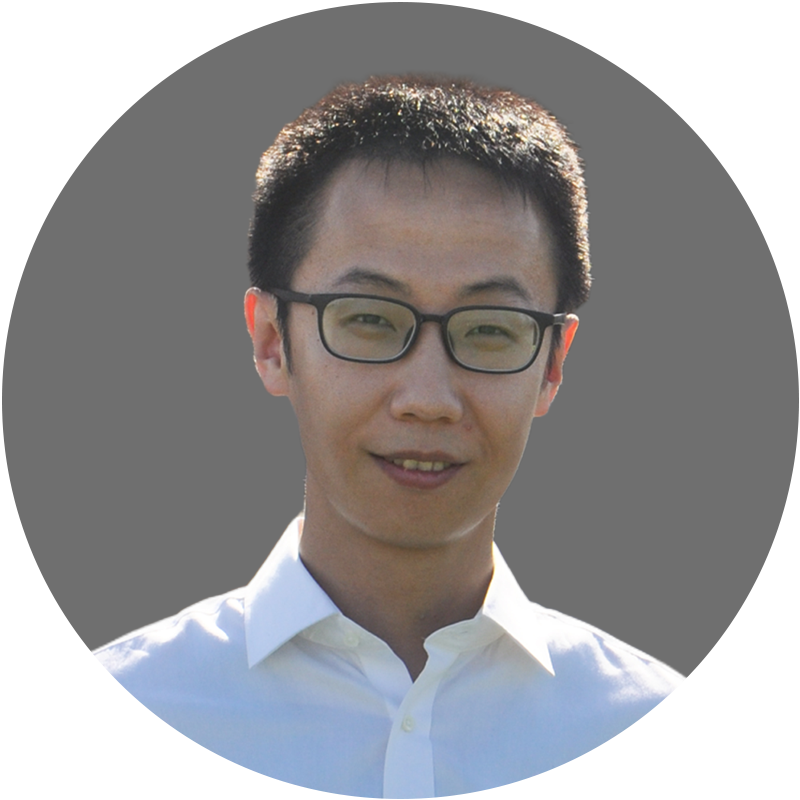Nanotechnology & materials
Haoxin ZHOU
Developing fabrication techniques that reliably produce ultra-clean devices.

Asia Pacific
Yuxin LIU
Hoping to cure diseases through brain-computer interfaces in the future, and even offer new capabilities to biological bodies.

MENA
Wedyan Babatain
The development of soft multifunctional wearable platform using graphene and liquid metal-based electronics.

Asia Pacific
Zhijie CHEN
Constructed porous materials with ultrahigh surface areas to store hydrogen and methane.

Asia Pacific
Xiaoxu ZHAO
Engineering and manufacturing advanced quantum low-dimensional materials accurately at scale.
